Table of Contents
Regeneration after exercise and intense training is of great importance for achieving your fitness goals. However, we are not talking about the days off that you spend lounging in front of the television. Regeneration is a deep process that requires your effort, time and strong nerves. See why regeneration is really important and what are the best techniques to achieve it effectively.
Why is regeneration important
Exercise or any other physical activity causes significant changes in the human body. Especially with repeated and intense training, muscle tissue breaks down and muscle glycogen which supplies the body with energy is depleted. Such a damaged and aching muscle needs from one to two days to repair and heal. Muscle pain can be very uncomfortable and can limit you at even the most basic tasks, such as getting out of bed, walking upstairs, or lifting heavy objects. [1] [2]
In addition, it is the period after your workout that your body begins to benefit from the gym. Muscle mass is not built up during training, but subsequently after it, during regeneration and rest. Most athletes know that adequate rest after exercise is essential for the best performance. However, there are also those who work their way to overtraining. Continuous training can actually weaken your performance and striving for bigger muscles will be ineffective. [1] [2] [3]

Types of regeneration
There are 2 types of regeneration. Immediate (short-term) recovery after extremely intensive training and long-term recovery that needs to be incorporated into the training plan. However, both types are extremely important for optimal sports performance and play an essential role in repairing sore muscles and joints.
Short-term regeneration
Short-term recovery occurs immediately after intense training. It can be an active recovery, which is actually a low-load exercise or stretching. We perform it during the cooling phase after training, but also before training or during days when we do not exercise. Another type of short-term regeneration is the focus on replenishing substances that are flushed out of our body during exercise and cause muscle soreness or muscle damage. It is mainly a supplement of proteins or carbohydrates. Muscles also need enough water, so you should regularly hydrate your body. [1] [2]
Long-term regeneration
Techniques of long-term regeneration are acquired mainly by professional athletes and bodybuilders. These are pre-planned activities, which are also incorporated into the training plan. Professionals who make a living from sports or exercise have to take care of their muscles and joints, which is why, in addition to short-term recovery, long-term training is also important for them. They regularly take part in massages, physiotherapy sessions or regenerative stays, which for them in the long run mean relief from muscle pain and preparation for upcoming sports or competition activities. [1] [2]
What needs to be done immediately after training?
As mentioned above, training exposes your body to many injuries and damage. Therefore, if you feel muscle soreness or burning muscles after exercise, this is the right time to regenerate. However, before embarking on some guaranteed damage mitigation techniques, you should focus on the most basic ones. So what needs to be done immediately after training for your regeneration to be successful?

Replenish glycogen stores
Glycogen is a branched polysaccharide whose primary function in the body is to store glucose, which is an energy source in metabolism. Once taken up in the body, glycogen is synthesized and broken down in the liver and muscles. However, muscle glycogen performs a completely different function than glycogen in the liver. The breakdown of glycogen in the liver is crucial for the supply of glucose, which satisfies the energy needs of the whole body. On the other hand, muscle glycogen is used only in the muscles, not in the whole body. Its primary function is to supply energy to the muscles during exercise or in response to stress. [4] This means that a large amount of muscle glycogen is depleted during exercise, which must be replenished immediately, otherwise your muscles will lose energy. They need it not only for further performance, but especially for the repair of damaged tissues. Glycogen also has a beneficial effect on the prevention of muscle protein catabolism and cellular rehydration. [4]
Glycogen supplementation after exercise and doing sports not only has beneficial effects on your muscles, but also prevents your body from turning to alternative energy sources. The best way to get enough glycogen into your body is through food. You should focus on nutritionally high-quality meals with a balanced ratio of protein and carbohydrates. Carbohydrates in particular are a great source of glycogen. Consumption of 1,1-1,5 grams of carbohydrates per kilogram of body weight within 30 minutes after training leads to the correct synthesis of glycogen. [6] On the contrary, you should avoid foods high in fat, as this slows down digestion and delays the supply of necessary nutrients to the muscles. Protein drinks, eggs, fish, bananas, low-fat dairy products, oat flakes or fresh fruits and vegetables are great solutions. [5]
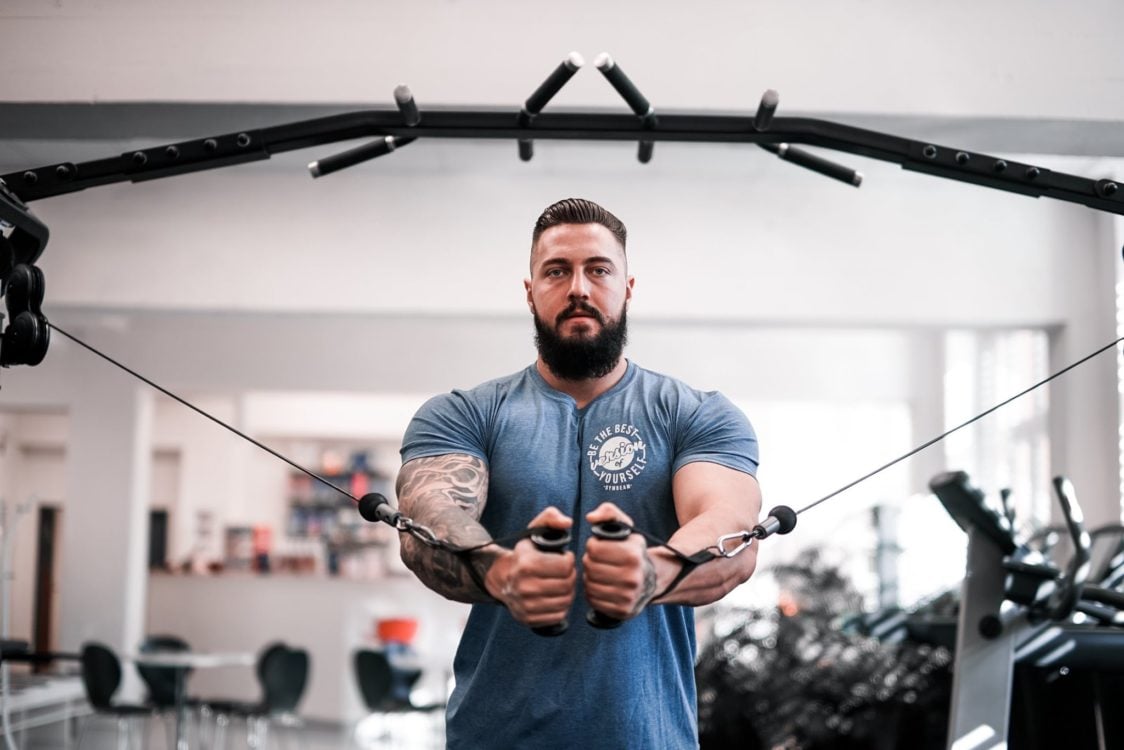
Ensure protein balance
Protein is a macronutrient whose important function for every athlete is to affect the growth and regeneration of muscles. Exercise triggers the breakdown of muscle protein. The extent to which this occurs depends on the exercise and the level of your training. Unlike the other two macronutrients – carbohydrates and fats, the body does not store protein and does not make reserves of them, and therefore must be replenished regularly. [7] [8]
It is best if a protein balance is created in our body. This occurs as the difference between protein synthesis (protein anabolism) and the division of proteins into smaller molecules, for example during exercise (protein catabolism). Protein synthesis tends to decline after training, therefore supplementation, especially after exercise, is a really important step. Consuming enough protein after training will give your body the amino acids it needs to repair and rebuild muscle proteins. [8] It is therefore recommended to consume 0,5-0,8 grams of protein per kilogram of body weight immediately after training. [5]

Restore the ATP-PC system
Adenosine triphosphate (ATP) is the most essential form of energy in cells and plays a crucial role in muscle metabolism and function. However, our body can only use ATP as a source of energy for a few seconds, especially during intense exercise. Subsequently, the body must make additional ATP, that phosphocreatine (PC) will aid to make. The ATP-PC system is responsible for repeated bursts of energy and intense muscle contractions during exercise. The principle of the system is that when ATP decays, PC comes to the rescue, which resynthesizes the broken ATP. This system is usually very efficient. However, if you regularly expose your body to a high load, it will not be able to make enough PCs to recover ATP. ATP levels can therefore be reduced by up to 20% over the next few days after intense exercise. [9] Therefore, the body needs faster ATP recovery, and thus faster PC production. This is done with creatine supplements, which help stimulate PC production and can be useful as a prevention against ATP loss. [9] [10]
Techniques for effective regeneration and reduction of muscle soreness
There are several techniques you can use to help with regeneration. However, not all of them are effective, so we focused on techniques proven by the studies and experience of professional athletes.
Sufficient hydration
This is not so much about a technique as about a “must do” activity, which is extremely important for achieving results and regeneration. If you are properly hydrated, your body will provide an optimal internal environment to maximize results. You lose water during exercise, and if you do not replenish it during or after training, your muscles will suffer. A balanced diet combined with exercise supports protein synthesis. For this to happen, your muscles must be sufficiently hydrated. [11]
In addition, sufficient hydration after training reduces the feeling of fatigue and improves digestion. The saliva that we use to consume and process food in our mouths needs water for these operations. If you are dehydrated while eating food, food gets into the digestive tract more difficult and you may suffer from unpleasant stomach problems. This can also cause a feeling of fatigue or stress after training, which significantly weakens regeneration. [11] You can also read about the importance of hydration in our article Hydration before, during, after training and how to avoid dehydration.
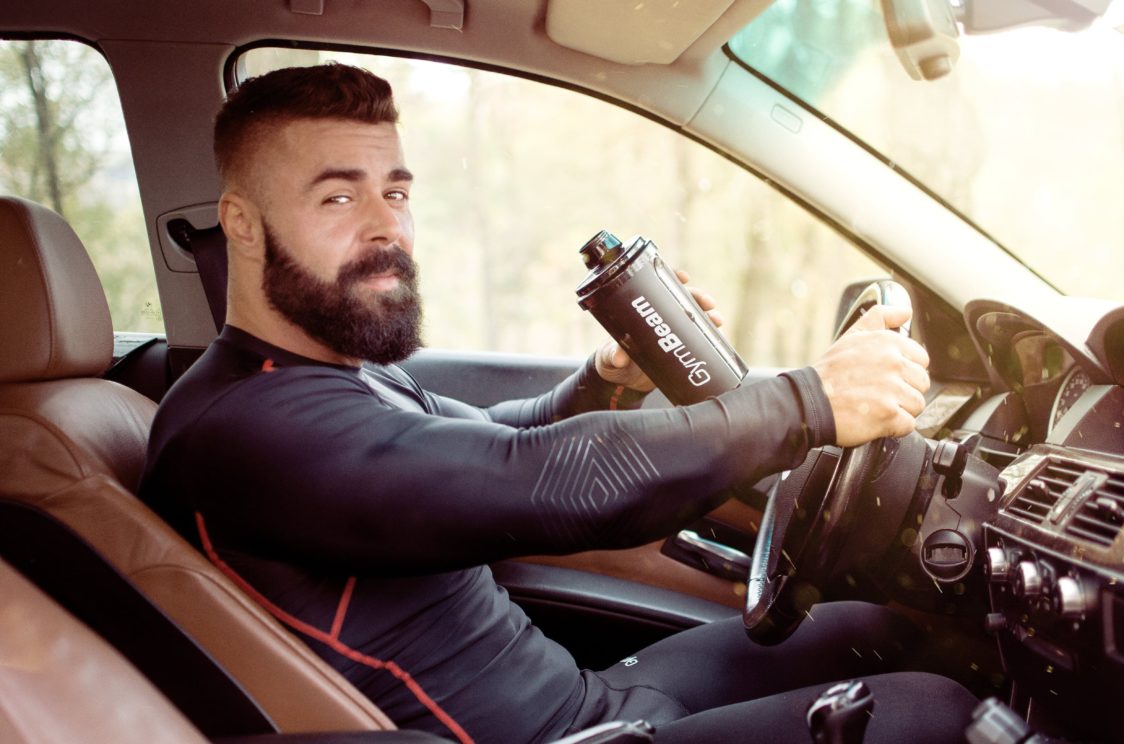
Proper supplementation
As we mentioned above, your body loses many important substances during exercise. We can then take them through diet, but their supplementation is also an increasingly common and convenient way. What are the best nutritional supplements to enhance regeneration?
Protein – clearly the number one in post-workout supplementation. It helps to gain muscle mass, but on the contrary to reduce fat and maintain muscle. In addition, proteins are made up of a complex amino acid profile that helps regenerate muscle fibers. [7] There are several types of protein on the market with which you can achieve the desired results. The basic and best-selling protein is a whey protein, but it is from animal source, so it is definitely unacceptable to vegans. However, they can reach for protein from plant sources, which are an equally effective source of protein. Another animal protein is casein, which is specific for the gradual release of proteins and is therefore suitable for consumption at bedtime. It is not for nothing that it is also called night protein. Furthermore, proteins are divided based on their composition or form of processing. The offer is really varied. If you can’t choose which protein is right for you, consult it our guide.
Creatine – we mentioned creatine supplementation above in connection with the renewal of the ATP-PC system. However, creatine also has other benefits that effect recovery after exercise. Many studies suggest that creatine has helped increase muscle regeneration after intense strength training. In addition, creatine increases the water content of muscle cells, which promotes the production of growth hormone. [26] This triggers several other processes, including the stimulation of protein production. [9] You can try creatine monohydrate, which is the most basic and at the same time the most popular form of creatine, but you can also reach for other modern forms, or even multi-component creatines. Are you also wondering which creatine is best for you? Read more about its forms, or reach for guide to creatine supplementation.
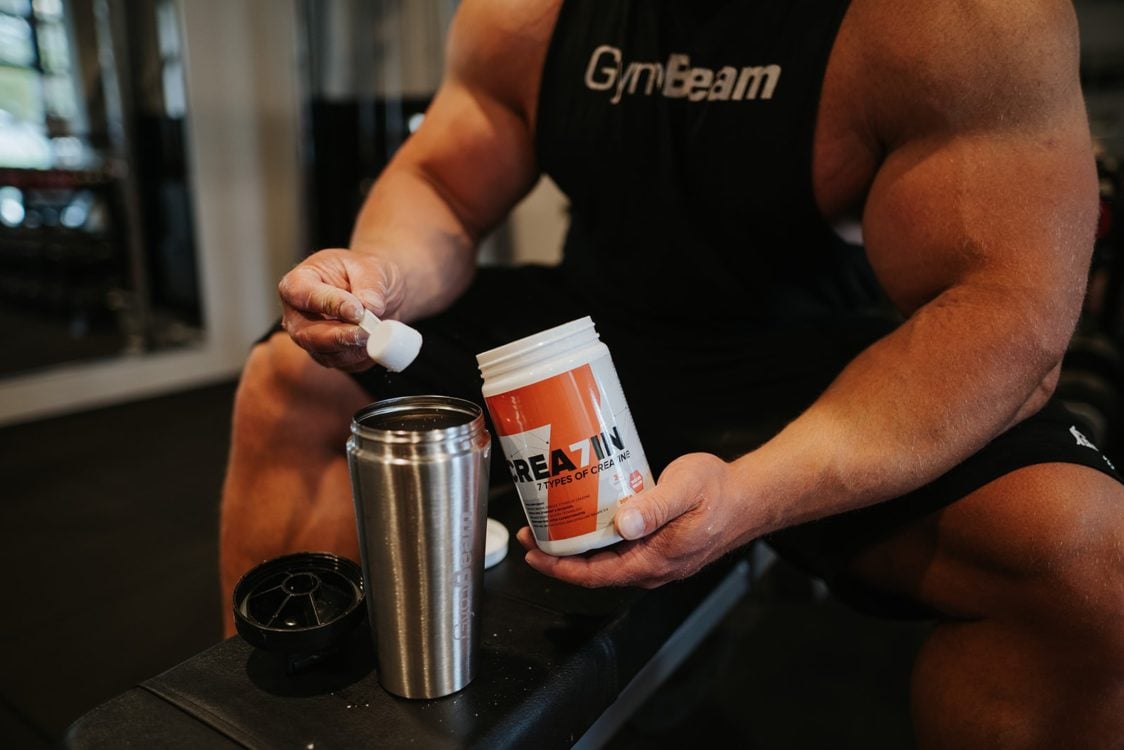
BCAA – is a composition of three branched-chain amino acids – leucine, isoleucine and valine. If glycogen levels are low during or after exercise, the body relies on these three basic amino acids. They may also be involved in regulating blood sugar levels and stimulating cells to take sugar from the bloodstream. BCAAs can help reduce the fatigue you feel after exercising by reducing the production of serotonin in the brain. [12] In addition, the study showed that BCAA supplementation helped reduce muscle pain in participants by up to 33% compared to those receiving placebo. [13]
L-glutamine – a miraculous amino acid, whose main task is to repair damaged muscle tissue after strenuous training. This fact was also confirmed by a study that examined glutamine supplementation and focused on its effect on regeneration. [14] Its supplementation led to faster recovery and reduced muscle pain after intense exercise. The study also showed that the effect of glutamine on muscle regeneration may be higher in men than in women. [14] In addition, glutamine strengthens the immune system, which is also extremely important for optimal sports performance and subsequent regeneration. L-glutamine can be found in a separate form, but it also occurs as a part of complex amino acids.
Beta Alanine – Beta alanine is a non-essential amino acid that is needed especially for the formation of carnosine. It prevents the formation of lactic acid and has a positive effect in reducing the feeling of fatigue. One study found that beta alanine supplementation can improve performance in high-intensity exercises that last up to four minutes. Although this amino acid is commonly found in the body, its percentage in the blood is very low and is rapidly consumed during regular and intense exercise. Its supplementation is therefore more than desirable, especially for active or endurance athletes.
You might be interested in these products:
Collagen – the main component of the connective tissues that make up many parts of the human body, such as tendons, ligaments, bones, skin and muscles. Consumption of collagen can have a number of health benefits, from relieving joint pain to improving skin health. It also helps maintain the integrity of cartilage, which is a rubbery tissue that protects your joints. [15] In one study, athletes who consumed 10 grams of collagen daily for 24 weeks had a significant reduction in joint and muscle pain when walking and resting compared to the group which did not take collagen. Another study showed that collagen use had a major effect in relieving muscle pain after training. [16]
Vitamins and minerals – Certain vitamins and minerals can also help relieve muscle pain. For instance vitamin C supports the immune system, but also the production of collagen, which is responsible for repairing damaged tissues in muscles, joints or skin. Vitamin E protects cells in the body from damage by free radicals. Complex of B vitamins provides faster tissue regeneration and reduces the creation of muscle cramps. Minerals such as magnesium a zinc can also help, as they reduce the feeling of fatigue, leading your body to many processes that are also beneficial for regeneration. [17]

Massage
Massage of stressed muscles has several positive effects. With the help of massage, you can prevent pain, relax a tense body and improve blood circulation. In addition, massage therapy reduces inflammation and supports the growth of new mitochondria. There are several types of massages that help relieve muscle pain. [18] You can try:
- Swedish massage – the principle of this massage is to massage the muscles with movements that copy the circulation of blood in the body. It helps flush metabolic waste from your muscles and at the same time promotes relaxation or alleviates mental and physical stress. [19]
- Deep massage – this is a type of very energetic massage, which focuses on the deeper layers of muscles and connective tissues. Such a massage requires stronger hands and squeezes, thanks to which it helps to relax tense muscles. It’s not so much about relaxation as it is about real tissue repair.
- Reflexology massage – this massage is more about relaxation than a real treatment for muscle pain. The principle is to compress points on the body that are connected to internal organs. Stimulation of these points increases energy, increases metabolism, but more importantly endorphin is leached from the body which results in a peaceful and balanced state. [19]
- Sports massage – basic massage, which is a necessity for professional athletes. It is a physiotherapeutic massage that focuses on specific types of muscles. Their stimulation improves the repair of muscle tissue and increases their mobility. At the same time, it helps to dilate blood vessels, which supports blood circulation and the removal of waste products, thereby reducing pain and tension. This massage is usually performed by trained doctors and physiotherapists.[19]
- Massage with the help of fitness accessories – you can also treat yourself with a massage, with the help of effective fitness aids. We could place the above-mentioned massages in the category of long-term regeneration. In terms of short-term regeneration, using a fitness roller, ie a foam roller can be a great massage technique. It helps to improve overall mobility, increases muscle range and relaxes stiff limbs.

Cold water therapy
Relieving muscle pain by immersing yourself in a bath with cold or even ice water is a common practice of many professional athletes. Ice or cold water relieves the feeling of pain by slowing down the conduction of pain nerves to the brain. This will make you feel almost no pain and you can relax. Some athletes use contrast water therapy (alternating cold and hot water) in addition to the ice bath. It has the same effect as cold water therapy. In addition, by applying these therapies, you also strengthen the immune system. The effect of cold water on relieving muscle pain has been shown in several studies. Immersion in ice water has been shown to be much more effective in reducing muscle soreness than a normal cold shower. [20] [21]
Stretching
One of the most overlooked techniques for effective muscle regeneration and reduction is stretching. [22] It can also help:
- improve posture
- increase flexibility
- reduce muscle tension
- improve blood circulation
- eliminate lactic acid creation
- increase performance and strength
- improve range of motion
We know stretching static and dynamic. Static stretching focuses on stretching a particular muscle or group of muscles without further necessary movement. It is performed at the end of the workout, when the muscles are still warmed up. In contrast, dynamic stretching involves active movements that help warm up your muscles and increase your heart rate. Therefore, it is most often performed just before exercise, or after exercise, when the muscles are already cool. [22]
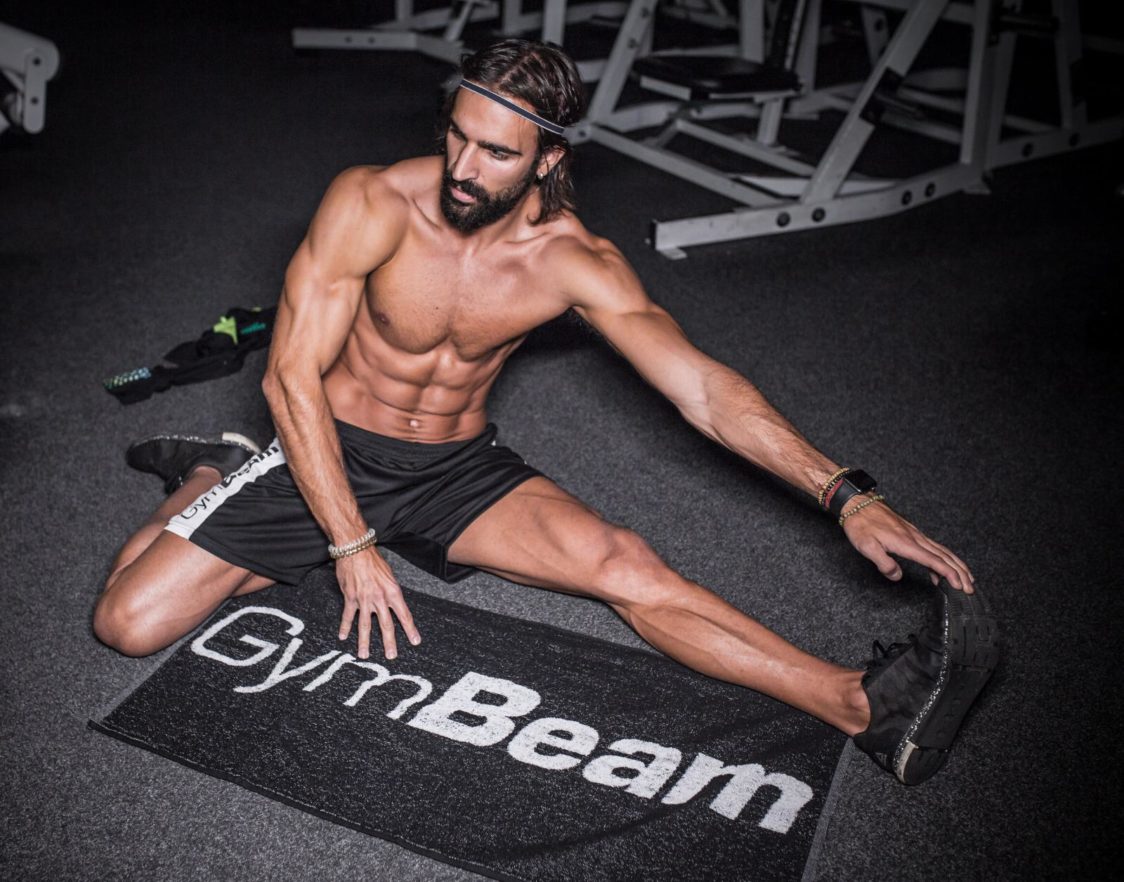
Active regeneration
Actively regenerating after hard training means including low-intensity exercise. The muscles will not experience a shock after training. You will give them enough preparation to end the movement and you will also avoid unpleasant muscle cramps, which may occur at the end of training. Active regeneration is intense enough to increase heart rate and blood flow to muscle tissue, but so light that it does not cause additional fatigue that would prevent subsequent regeneration. You can also actively regenerate during non-training days, which can support better recovery before the next intense workout. [23] Try to include light exercises in your training that will keep your heart rate above rest, such as:
- yoga
- cycling
- walking
- swimming
- hiking
- light weightlifting

Innovative technologies
There is a really wide range of products and accessories in the fitness industry that help in many areas of exercise. You can buy accessories to support muscle growth or fat loss devices. But what is the technological shift in the field of muscle regeneration and mitigation of muscle soreness? There are several innovative technologies on the market that also fight with this issue: [24]
- Compression stockings – are intended to support blood circulation after training and speed up regeneration time. Examples of such stockings are NormaTec compression stockings, from the PULSE company. The main principle of stockings is to use compressed air to massage the limbs, mobilize fluids and speed up regeneration. They guarantee a similar feeling as with an effective sports massage.
- HyperVolt Pistol – another interesting device that is used to support muscle regeneration. The pistol-shaped HyperVolt applies a percussive force directly to the muscle, which creates an intense blood flow, which helps the muscle recover painlessly. It also uses a combination of frequency and amplitude that prevents the brain from sensing pain signals.
- Vibrating foam roller – an upgraded form of a massage roller. Its principle is the same as with an ordinary foam roller- it increases mobility, relieves muscle pain and improves coordination. However, the vibrating foam roller increases the speed of this process and the more efficient release of myofascial fibers.
The most common myths about regeneration
- You need to drink protein immediately after training – there are many types of protein and it really isn’t important to drink protein right after training. You can also reach for a sustained-release protein such as casein. It is recommended to consume at a time when you know that you will be without food for longer time or just before bedtime.
- You can also regenerate on the couch – regeneration and a break from exercise does not mean that you should use this time for laying. Your muscles will not be repaired by doing nothing, on the contrary, you can damage them even more.
- Ibuprofen helps with post-workout recovery – several people reach for over-the-counter painkillers when they feel muscle soreness. Ibuprofen is also an effective helper in reducing headache or abdominal pain. Yes, in the short term it can be an effective tool that will help reduce muscle pain. However, if you take these analgesics after almost every workout, you may be exposed to really serious health problems, such as damage of your kidneys or digestive tract. One study even showed that ibuprofen, as a tool to relieve muscle soreness, eliminated muscle’s ability to respond to protein synthesis. This resulted in a slowdown in muscle growth and adaptation. [25]

As we have mentioned several times in the article, regeneration is a key component of any training. If you want to get enough energy for other performances in the gym, or you want to avoid muscle soreness, you should not underestimate proper regeneration. What form of recovery should definitely not be missing in your training plan? Let us know in the comments, and if you liked the article, be sure to support it by sharing.
[1] Elizabeth Quinn – Importance of Rest and Recovery After Your Exercise – https://www.verywellfit.com/the-benefits-of-rest-and-recovery-after-exercise-3120575
[2] The importance of rest and recovery for athletes – https://www.canr.msu.edu/news/the_importance_of_rest_and_recovery_for_athletes#:~:text=However%2C%20rest%20and%20recovery%20is,recover%2C%20both%20physically%20and%20psychologically.
[3] Elizabeth Quinn – 10 Tips to Speed Recovery After Exercise – https://www.verywellfit.com/ways-to-speed-recovery-after-exercise-3120085
[4] BD Editors – Glycogen – https://biologydictionary.net/glycogen/
[5] Arlene Semeco, MS, RD – Post-Workout Nutrition: What to Eat After a Workout – https://www.healthline.com/nutrition/eat-after-workout#section2
[6] Chad Kerksick, Travis Harvey, Jeff Stout, Bill Campbell, Colin Wilborn, Richard Kreider, Doug Kalman, Tim Ziegenfuss, Hector Lopez, Jamie Landis, John L Ivy, Jose Antonio – International Society of Sports Nutrition Position Stand: Nutrient Timing – https://pubmed.ncbi.nlm.nih.gov/18834505/
[7] Gavin Van De Walle, MS, RD – 9 Important Functions of Protein in Your Body – https://www.healthline.com/nutrition/functions-of-protein#section1
[8] Neil Osterweil – The Benefits of Protein – https://www.webmd.com/men/features/benefits-protein#1
[9] Rudy Mawer, MSc, CISSN – How Creatine Helps You Gain Muscle and Strength – https://www.healthline.com/nutrition/creatine-for-muscle-and-strength#section1
[10] A Casey, P L Greenhaff – Does Dietary Creatine Supplementation Play a Role in Skeletal Muscle Metabolism and Performance? – https://pubmed.ncbi.nlm.nih.gov/10919967/
[11] Samuel N Cheuvront, Robert Carter, Michael N Sawka – Fluid Balance and Endurance Exercise Performance – https://pubmed.ncbi.nlm.nih.gov/12834575/
[12] Alina Petre, MS, RD (NL) – BCAA Benefits: A Review of Branched-Chain Amino Acids – https://www.healthline.com/nutrition/bcaa#section4
[13] Danielle T Leahy, Stephen J Pintauro – Branched-chain Amino Acid Plus Glucose Supplement Reduces Exercise-Induced Delayed Onset Muscle Soreness in College-Age Females – https://pubmed.ncbi.nlm.nih.gov/24967261/
[14] Zachary Legault, Nicholas Bagnall, Derek S Kimmerly – The Influence of Oral L-Glutamine Supplementation on Muscle Strength Recovery and Soreness Following Unilateral Knee Extension Eccentric Exercise – https://pubmed.ncbi.nlm.nih.gov/25811544/
[15] Brianna Elliott, RD – Top 6 Benefits of Taking Collagen Supplements – https://www.healthline.com/nutrition/collagen-benefits#6.-Other-health-benefits
[16] Tom Clifford, Matthew Ventress, Dean M Allerton, Sarah Stansfield, Jonathan C Y Tang, William D Fraser, Barbara Vanhoecke, Janne Prawitt, Emma Stevenson – The Effects of Collagen Peptides on Muscle Dama – https://pubmed.ncbi.nlm.nih.gov/30783776/
[17] Beth Roessner – 5 Vitamins to Aid Muscle Recovery – https://www.active.com/nutrition/articles/5-vitamins-to-aid-muscle-recovery
[18] Gay Frankenfield, RN – The Rub With Massage: Does It Really Help Muscles Recover After Exercise? – https://www.webmd.com/fitness-exercise/news/20000426/massage-help-muscle-recovery#1
[19] Lara McGlashan – 5 Massage Techniques for Postworkout Recovery – https://www.muscleandperformance.com/training-performance/massage-for-postworkout-recovery
[20] Elizabeth Quinn – Ice Baths and Contrast Water Therapy for Recovery – https://www.verywellfit.com/after-exercise-does-an-ice-water-bath-speed-recovery-3120571
[21] Aryane Flauzino Machado, Paulo Henrique Ferreira, Jéssica Kirsch Micheletti, Aline Castilho de Almeida, Ítalo Ribeiro Lemes, Franciele Marques Vanderlei, Jayme Netto Junior & Carlos Marcelo Pastre – Can Water Temperature and Immersion Time Influence the Effect of Cold Water Immersion on Muscle Soreness? A Systematic Review and Meta-Analysis – https://link.springer.com/article/10.1007/s40279-015-0431-7
[22] Gregory Minnis, DPT – 6 Simple, Effective Stretches to Do After Your Workout – https://www.healthline.com/health/fitness-exercise/stretching-after-workout#benefits
[23] Mike Robertson, C.S.C.S. – The Science of Muscle Recovery: The Role of Active Recovery – https://www.bodybuilding.com/content/the-science-of-muscle-recovery-the-role-of-active-recovery.html
[24] Lee Bell – Fitness Recovery Tech: The Importance Of Recovery From Exercise And The Tech Used To Do It – https://www.forbes.com/sites/leebelltech/2018/10/31/fitness-recovery-tech/#3644b325de9f
[25] M Machida, T Takemasa – Ibuprofen Administration During Endurance Training Cancels Running-Distance-Dependent Adaptations of Skeletal Muscle in Mice – https://pubmed.ncbi.nlm.nih.gov/21081799/
[26] Darren G Burke , Darren G Candow, Philip D Chilibeck, Lauren G MacNeil, Brian D Roy, Mark A Tarnopolsky, Tim Ziegenfuss – Effect of Creatine Supplementation and Resistance-Exercise Training on Muscle Insulin-Like Growth Factor in Young Adults – https://pubmed.ncbi.nlm.nih.gov/18708688/

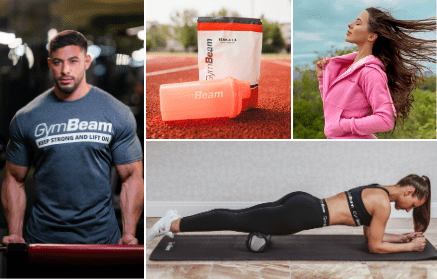
Add a comment